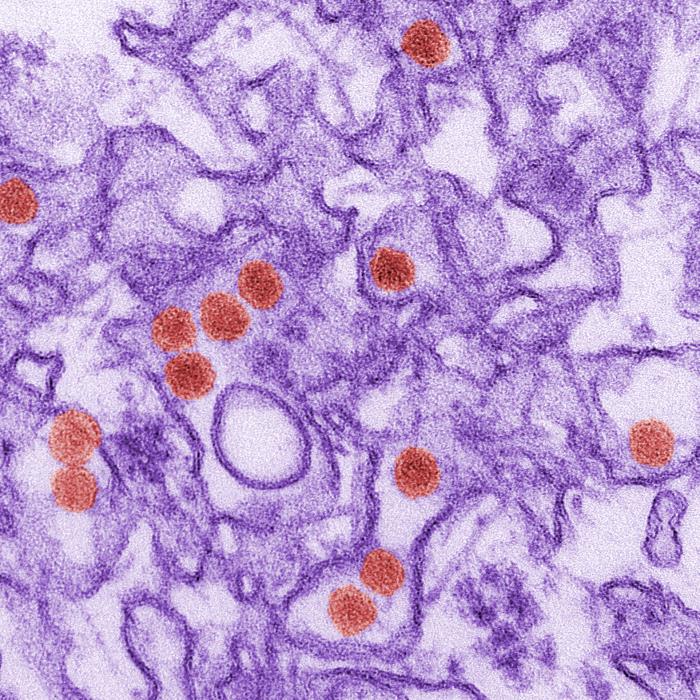Zika Virus Mystery: New Utah Case Stumps Researchers

In a puzzling case, a person in Utah became infected with the Zika virus, but health officials can't figure out how the person contracted it.
The infected person was a caregiver for an elderly man who had Zika. But the case is mysterious: As far as health officials can tell, the caregiver wasn't exposed to Zika in a way that would transmit the virus, at least from what's currently known about Zika. So far, the only way Zika was thought to spread from person to person is through sexual contact, and the caregiver did not have sexual contact with anyone who had Zika.
"Zika continues to surprise us," and there's still a lot we don't know about the virus, Dr. Satish Pillai, incident manager for the Centers for Disease Control and Prevention's Zika response, said at a news conference today (July 18). [Zika Virus News: Complete Coverage of the 2016 Outbreak]
Health officials are currently investigating how the caregiver could have caught the virus, including whether Zika could be passed from person to person in special situations, even if the situation does not involve sexual contact.
"We're still doing a lot of investigation to determine whether Zika can be spread from person to person through contact with a sick person," Pillai said.
But the health officials stressed that the primary way that Zika is spread is through bites from mosquitoes that carry the virus. Of the more than 1,300 cases of Zika in the United States, nearly all involve people who caught the virus while traveling in an area where Zika is spreading. Fourteen people in the United States have now caught the virus through sexual transmission, and one person caught Zika while working with the virus in the laboratory.
"We don't have evidence right now that Zika can be passed from one person to another from sneezing or coughing," or from other types of casual contact, such as touching or sharing utensils, Pillai said.
Sign up for the Live Science daily newsletter now
Get the world’s most fascinating discoveries delivered straight to your inbox.
The caregiver in the Utah case had not traveled to an area where the Zika virus is spreading, and mosquitoes that spread Zika have not been found in Utah.
But the person did take care of an elderly man who caught Zika virus while traveling to another country. The elderly man later died, although it's not clear if he died from Zika or another underlying condition, officials said.
There was an unusual aspect of the elderly man's case: He had extremely high levels of the Zika virus in his blood before he died — more than 100,000 times higher than the levels seen in other people infected with the virus so far, officials said.
"This is a very unique situation," with such high levels of the virus, Pillai said. But researchers still don't know whether this high level of the virus played a role in how the man's caregiver caught Zika.
Health officials are currently interviewing the newly infected person and the person's family members to learn more about the types of contact the caregiver had with the elderly man, according to the Utah Department of Health.
The caregiver showed mild symptoms of Zika, and has since recovered from the infection, officials said.
Original article on Live Science.

Rachael is a Live Science contributor, and was a former channel editor and senior writer for Live Science between 2010 and 2022. She has a master's degree in journalism from New York University's Science, Health and Environmental Reporting Program. She also holds a B.S. in molecular biology and an M.S. in biology from the University of California, San Diego. Her work has appeared in Scienceline, The Washington Post and Scientific American.









